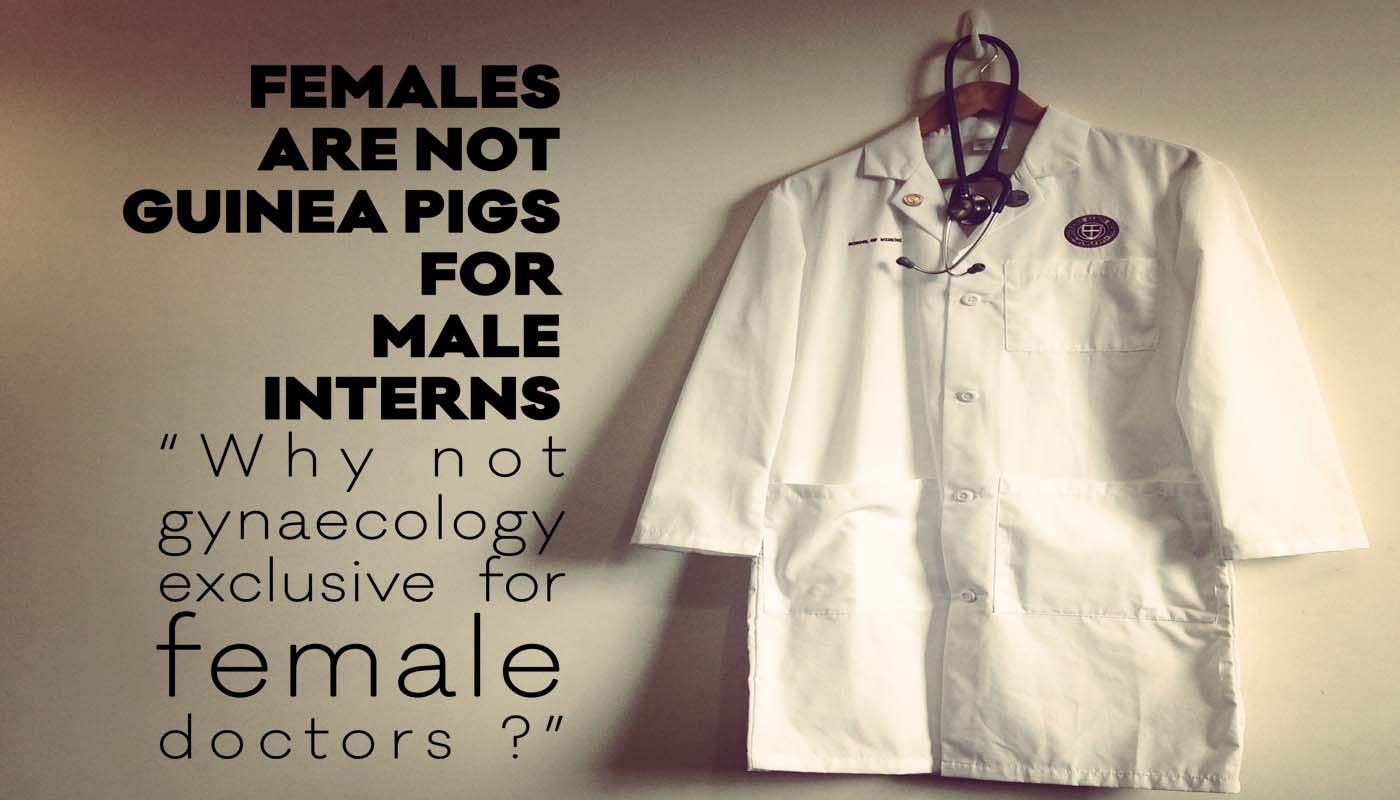A visit to the gynaecologist is as feared as it is avoided. One of the most uncomfortable moments undoubtedly, is that moment when the doctor asks you to strip and expose the most intimate part to a stranger. As mortifying as it is, a gynaecology checkup is necessary and every adult from 21 years of age should have one at least once a year.
Globally, there are an estimated 211 million pregnant women and 136 million births occurring yearly. It is a basic human right that pregnancy be made safe for all women. Pregnancy and childbearing processes have put every woman at risk of complications. This is in spite of available evidence that 99% of the maternal complications and deaths occurring in developing countries are avoidable and preventable. According to WHO, safe delivery is one of the most important maternity care issues for expectant mothers. Delivery is performed by someone with midwifery skills who is able to manage a normal delivery, and who can recognize and manage obstetric complications and refer patients to specialized care in a timely manner [WHO 2005]. WHO also emphasizes the importance of evaluating the structure, process and outcome of health services to improve the quality of care. In this context, it is important to understand how structure, process and outcome ease social impact and quality of carers to patients. Structure refers to the overall ability of a midwifery service to provide care. Thus, it includes elements of office space, equipment, staff and documentation. Process refers to the way in which such care is provided. The place of birth should provide a distraction-free, comfortable, supportive, and reassuring environment for mothers and their families. Women also need gynaecological services for several reasons as cysts, fibroids, ovarian and cervical cancer, PCOS, menopause, menstruation, birth control to name a few.
However some gynaecologists and midwives / nurses treat their patients very badly and make the entire visit nothing less than a nightmare. The most precious and sacred form of personal information that we possess is our body. It is our own flesh and blood, which holds and sustains our being. Our body is our instrument for living. It is so personal and intimate that we frequently hide it, as though its public display would be a natural source of shame. Thus, it’s not surprising that visiting a physician and allowing for an intricate inspection and examination of our dearest possession, our body, is a source of trepidation and anxiety for us. Perhaps the deepest level of vulnerability in an exam is the genital and pelvic examination. A glimpse into history demonstrates that until very recently, pelvic examinations in women were handled by females, likely to ensure comfort and privacy all the while preventing improper interactions from male counterparts.
Mr. Singh (name changed) narrated the harrowing experience of his mother who underwent a very humiliating experience at the hands of a senior gynaecologist Dr Sharda, at a Central Government Lady Hardinge hospital, Delhi.
This is what he had to say:
“My mother went for her routine check up to this doctor, whereby the doctor asked her to strip for the examination to take place. It is obligatory on the part of these gynaecologists to know their limits and make the patient feel comfortable.”
However, this doctor instead of taking an assistance of female nurse called a young male doctor in the room.
For obvious reasons, especially the kind of value orientations we proud Indians have, my mother politely objected to this and requested the doctor for privacy.
To her horror the doctor said in a derogatory tone…
‘Mujhe attitude mat dikhao, Apne bachhe muh se Paida keye the’ (Translation in English : Have you produced your babies through your mouth)
To her horror the doctor responded in a derogatory tone demeaning the very womanhood she was supposed to uphold.
Without further ado we ask three questions to the government :
1) Who gave the right to this gynaecologist to misbehave with a lady and use derogatory language? she could have handled the request politely?
2) What was the urgency to keep a male doctor in female facility?
3) This woman suffered mental trauma after this humiliation. What punishment will be faced by gynaecologist as these so that in future the female human right i.e.
- Right to comfort
- Right to health
- Right to feel secure
- Right to dignity is protected
A visit to a gynaecologist if done professionally, does not have to be either painful or traumatic. Internal exam is very intimate and leaves one vulnerable to abuse. It is important to know when the physician is overstepping their boundaries. Ideally, during the exam, the patient should not be examined by more than one physician unless there is need for a second opinion. Plus, there is the very basic need to take the consent from the patient, whether she can be examined by a male gynaecologist or not.
On similar lines, a very highly educated wife of a war veteran ran into trouble and fell into the same trauma when she, without her consent was ‘checked’ thoroughly by a male doctor without the aforementioned protocols.
“I felt raped and started crying” she said. Isn’t this mental and physical agony and molestation.
A man can never understand what it means to have female parts. Male gynaecologists lack not only the relevant body parts (a disadvantage in itself) but also the ability, or even the inclination, to appreciate the significance of those parts to those who do possess them. Women are not Guinea pigs, for the medical Male interns/ doctors to get their training. After all who wants an army of medics with the dignity of their women in tatters? The very basic thing these male doctors lack is empathy. They have never delivered a baby…. Have they?
The main issues faced by patients in Indian hospitals are:
• Staff is rude, arrogant or lazy or had a negative attitude. A lack of care and compassion, such as staff not doing enough to ensure the patient was comfortable.
• Staff not keeping patients well informed.
• Inadequate response to requests or complaints.
• Long waits before or between appointments, including delays in being moved between different departments.
These cases also see patients complaining about problems with the environment in which they were treated, such as poor food or night time noise, poor health outcomes, cleanliness, staffing levels and dignity.
Organisational culture and the attitudes of staff are absolutely vital parts of delivering better care. Improving standards has to start with staff because regulation and spot checks cannot stop all instances of poor care.
Let’s set this example for professional ethics and human rights protection.







5 Comments
Зарегистрироваться
November 20, 2024 at 12:54 pmThank you for your sharing. I am worried that I lack creative ideas. It is your article that makes me full of hope. Thank you. But, I have a question, can you help me?
ล้างแอร์
August 20, 2025 at 6:39 am385990 470943I truly enjoy examining on this internet site , it has great content material . 70843
https://cbdrevo.no/cbd-mot-akne/
August 20, 2025 at 8:10 am91427 904331There is noticeably lots of dollars to comprehend this. I suppose you created certain nice points in functions also. 445789
checkslip
August 24, 2025 at 7:51 pm233433 921600Some genuinely very good information , Gladiola I observed this. 442161
วางระบบเน็ตเวิร์ค ระยอง
September 3, 2025 at 3:13 am877950 430978Hi my friend! I want to say that this post is awesome, good written and include almost all significant infos. Id like to see far more posts like this . 356587